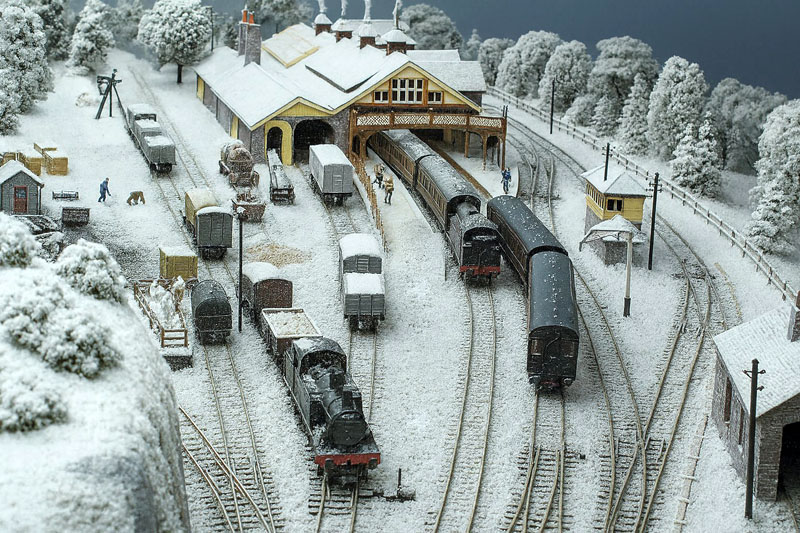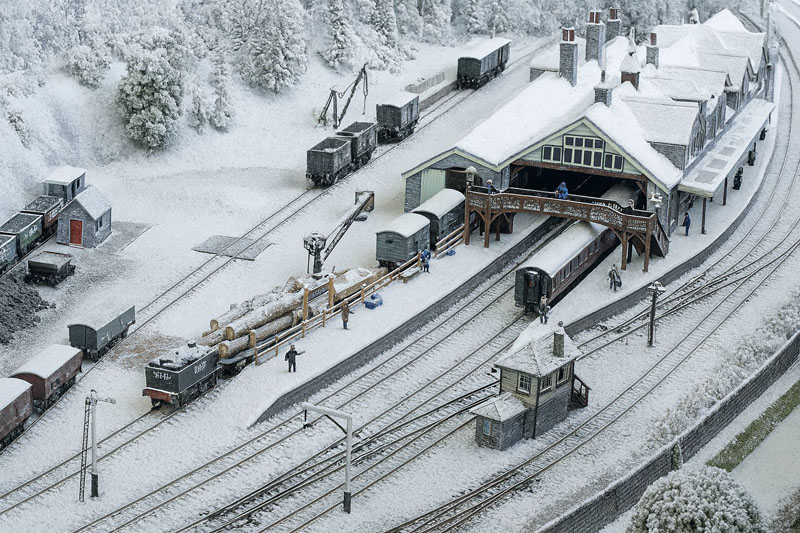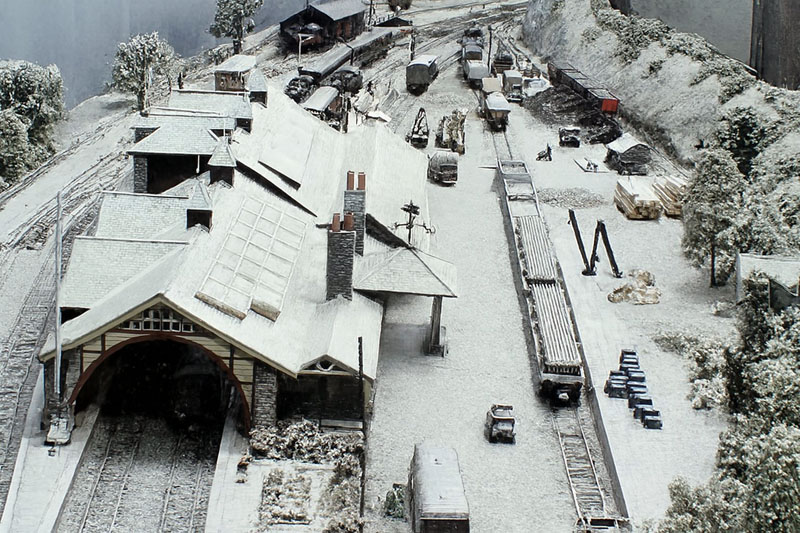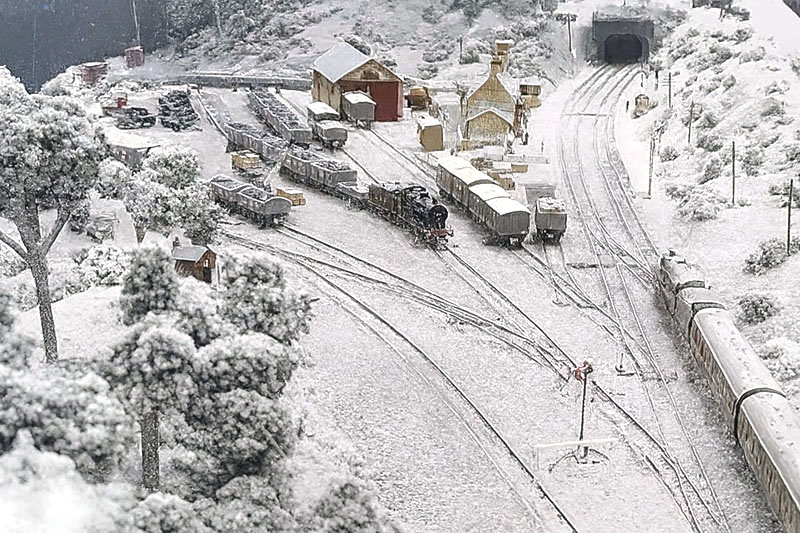- Welcome to N Gauge Forum.
Recent posts #61
General Discussion / Re: AI Image ManipulationLast post by Bealman - December 05, 2025, 09:54:03 PMMight be 42 degrees in Wollongong at the moment, but not in Bealman's backyard!
  #62
N Gauge Discussion / Re: A Coarse Guide to the Stea...Last post by Hailstone - December 05, 2025, 08:56:50 PMthat is a lot of work with a huge bill to follow - 6 figures at least. hats off to the MYMR.
the only boiler work I was involved in was retubing 6106 at Didcot and a similar job on a traction engine - all boiler work is hard graft. Regards, Alex #63
General Discussion / Re: AI Image ManipulationLast post by chrism - December 05, 2025, 07:38:36 PMTried a few more when the daily limit on Copilot had cleared.
This wasn't a bad try, although it did derail the Jinty. It really fouled up the signal in front of the platform end so I erased that;  Another pretty good one, although it didn't seem to know about sheeted wagons - the one in front of the logs is more resembling a small tender now.  Now this one isn't too bad at all, it's had a good try at the nameboard.  Can't see much to complain about this one.  It had trouble with the nameboard here but at least it didn't replace it completely. It also struggled with spoked wheels but it didn't try and change the sizes.  Another very good try, my only real criticism here is the tunnel mouth.  It had a reasonable try with this one, but the tearoom roof was obviously asking a bit much.  #64
General Discussion / Re: Railway TicketingLast post by Nbodger - December 05, 2025, 06:41:37 PMI use Trainline for all my rail travel and will continue to do so, very user friendly and to date has meet my needs without problems or errors.
Note for tickets purchased on the day there is no additional small fee. #65
General Discussion / Re: Railway TicketingLast post by cornish yorkie - December 05, 2025, 05:39:57 PM I usually use the National Rail APP, useful for planning or buying tickets  stay safe regards Derek stay safe regards Derek #66
General Discussion / Re: Where is everybody??Last post by Moonglum - December 05, 2025, 04:55:14 PMBut finally met his Waterloo!
#67
General Discussion / Re: AI Image ManipulationLast post by icairns - December 05, 2025, 03:40:18 PMHere is another attempt at colorizing my Britannia photo. I changed the command in Google Gemini to be more specific as follows:
"Colorize this photo. Do not change any white steam - leave as original." This is the result. This manipulation looks much closer to the original B&W photo (see post #19, above) except AI has now added a fireman! Ian #68
General Discussion / Re: AI Image ManipulationLast post by Jim Easterbrook - December 05, 2025, 03:12:19 PMQuote from: PLD on December 05, 2025, 08:26:39 AMBut it has managed to re-rail the loco for you! And get rid of the troublesome points. #69
General Discussion / Re: Where is everybody??Last post by EtchedPixels - December 05, 2025, 02:12:26 PMQuote from: Moonglum on December 05, 2025, 10:37:21 AMDon't tell Elric! Ah yes Elric of Marylebone who made several Kings Cross  #70
General Discussion / Re: AI Image ManipulationLast post by chrism - December 05, 2025, 01:12:34 PMQuote from: Newportnobby on December 05, 2025, 12:05:39 PMQuote from: PLD on December 05, 2025, 08:26:39 AMBut it has managed to re-rail the loco for you! Yes, it seems to be undecided as to whether it's a 2-6-0 or a 4-4-0 with an overly long coupling rod. At least it hasn't put people in the tender  | Please Support Us!
December Goal:
£120.00 Due Date: Dec 31 Total Receipts: £54.56 Below Goal: £65.44 Site Currency: GBP 45% December Donations |







